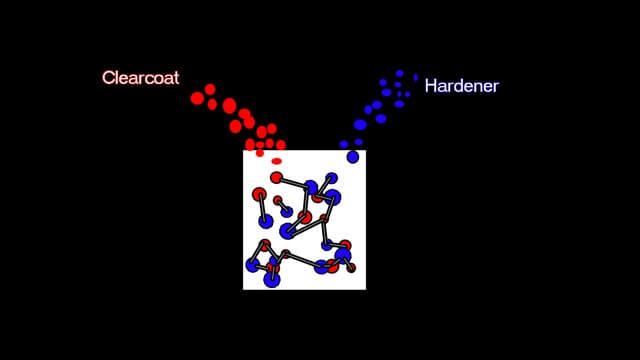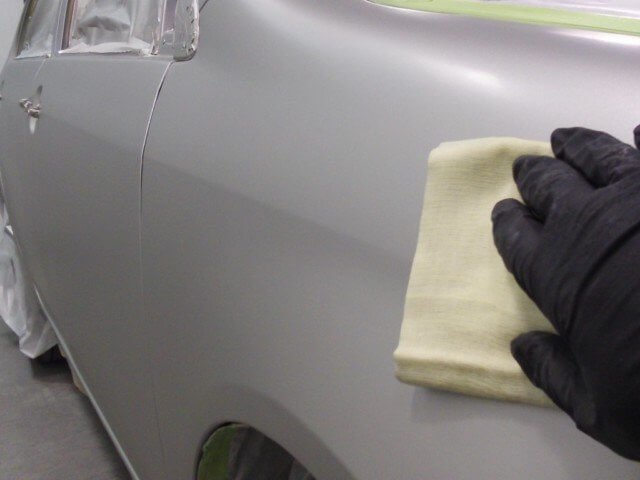Spraying Basecoat
Application of Basecoat
Applying a base coat is a very commonly overlooked procedure. It requires knowledge of your paint system, proper equipment, and the painter must be able to obtain a blendable match before beginning. Your color coat is always easiest to blend when you have more room on the panel. When preparing for paint try to allow for as much blending space possible.
Equipment
Your paint equipment plays a vital role in how your base will go on. Always follow the equipment recommendations found on your technical datasheets from your paint manufacturer.
Cleanliness
Blowdown your panel well and mask tightly to avoid dirt problems throughout the job. Ensure that at some point the panel has been washed with a wax and silicone remover to eliminate the possibility of fish eyes.
Applying
Apply your base in medium coats using the recommended reducer for the temperature/humidity in your environment. Do not apply the paint dry, it must go on wet to adhere properly and to blend easier.
Blending Color
There are several strategies that can make color blending easier. On metallic colors you should use an orientation coat to fill in the small sand scratches, giving you a smoother surface to blend across. An orientation coat can either be a clear toner from your existing paint line or an over-reduced clear coat. (around 9:1 Reducer:RFU Clear)
Reverse Blending – This is done by bringing your first coat the maximum length of your blend and bringing each coat slightly inward until covered. By doing this you are never painting over the previous coats overspray allowing for an easier blend, especially on high metallic colors.
Injecting – This is done by adding a more reduced, transparent base coat into your color. This will dilute the color and allow you to step it out easier.
Reducing Pressure – If you drop your pressure and apply your paint it ensures your paint always lands wet with no dry edge. This is particularly helpful with colors that produce the “halo” effect. It appears as a ring at the edge of your blend. (Most noticeable of silvers and golds).
For most solid colors you can simply bring each coat out a bit further and the paint will basically blend itself. Metallic colors you can do it with too, these blending techniques above can be helpful for more challenging colors.
Common Mistakes
- Applying Basecoat to Dry – This leads to metallics standing up on edge creating a texture to your paint, It makes blending across it difficult.
- Using to fast or slow reducer – It is very important to choose the correct reducer for your climate, failure to do so will create a dry spray, halos and other unwanted elements to your blend.







прогон сайта